Sports
/ArcaMax

Will 'shotgun only' zone for deer in southern Minnesota be abolished?
MINNEAPOLIS — A yearslong effort at the State Capitol to abolish Minnesota's "shotgun-only" zone for deer hunting in most of southern Minnesota continues to inch along, this time with the opportunity for individual counties to cling to the status quo.
A bipartisan push for the change has earned support in the Senate, but there's still ...Read more
Best times for anglers
(Table for April 28-May 12)
This table lists top fishing times and days for the coming weeks. For best results, begin fishing one hour before and continue one hour after the times given. Times apply to all time zones.
———
Sunday.…...................3:20 a.m....………………….…….............................................3:...Read more
Best times for anglers
(Table for April 21-May 5)
This table lists top fishing times and days for the coming weeks. For best results, begin fishing one hour before and continue one hour after the times given. Times apply to all time zones.
———
Sunday…………............10:35 p.m........……….......................................................10:55 ...Read more
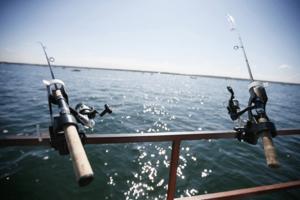
Dennis Anderson: Anglers protesting tough new Mille Lacs rules are wrong
MINNEAPOLIS — Science can come in handy when it suits your biases. Otherwise — especially in the case of fish and wildlife management — it can be a hassle.
Just ask those who are complaining about the Department of Natural Resources' recent declaration that anglers this spring and early summer on Mille Lacs can't keep any walleyes.
None....Read more
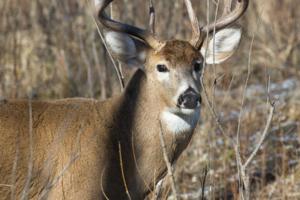
Big Ten deer hunting rankings? Minnesota isn't the powerhouse you'd expect.
MINNEAPOLIS — Ever wonder how Minnesota stacks up against its peers in deer hunting?
Among the 11 states now represented in the Big Ten Conference, Gopher Nation stands out as a blueblood in the categories of opportunity and participation.
Minnesota boasts 8.2 million acres of public hunting land and has fielded an average of 476,000 deer ...Read more
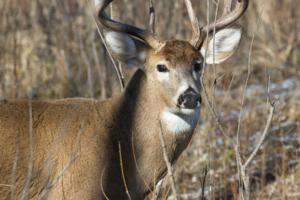
Big Ten deer hunting rankings? Minnesota isn't the powerhouse you'd expect.
MINNEAPOLIS — Ever wonder how Minnesota stacks up against its peers in deer hunting?
Among the 11 states now represented in the Big Ten Conference, Gopher Nation stands out as a blueblood in the categories of opportunity and participation.
Minnesota boasts 8.2 million acres of public hunting land and has fielded an average of 476,000 deer ...Read more
Best times for anglers
(Table for April 14-April 28)
This table lists top fishing times and days for the coming weeks. For best results, begin fishing one hour before and continue one hour after the times given. Times apply to all time zones.
———
Sunday………...............5:25 p.m.....………………….................................................5...Read more
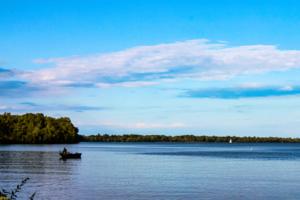
A record-breaking perch was caught Monday, though it will likely be put in the Pennsylvania state books as a tie
PITTSBURGH — A yellow perch caught in Lake Erie Monday appears to be the largest ever caught in Pennsylvania.
Because of state record-weighing protocols, however, the size of the 3.02-pound fish will likely be recorded as 3.0 pounds, tying it with the previous state record.
Chuck Main will have to wait a few weeks for the final ruling. The ...Read more
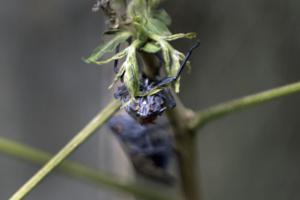
Allegheny County topped Pennsylvania in spotted lanternfly reports in 2023. Will it have another blockbuster year?
PITTSBURGH — If the scourge of the spotted lanternfly plays out as it did in Philadelphia and Harrisburg, Pittsburgh is set for another invasion this year of the icky, sap-sucking invasive insects.
Allegheny County residents for the second year in a row reported the highest number of lanternfly sightings in the state last year with 20,716, ...Read more
Best times for anglers
(Table for April 7-April 21)
This table lists top fishing times and days for the coming weeks. For best results, begin fishing one hour before and continue one hour after the times given. Times apply to all time zones.
———
Sunday.…..................10:55 a.m....………………….……..........................................11:...Read more
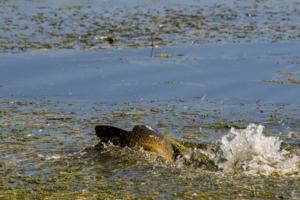
Minnesota outdoors council approves $12 million for invasive carp deterrent
MINNEAPOLIS — In a last-minute move, the Lessard-Sams Outdoor Heritage Council voted last Tuesday to give out $12 million toward developing a deterrent to reduce the advancement of invasive carp on the Mississippi River, north of Winona.
The work on what the deterrent project becomes and how it is maintained would fall to multiple agencies, ...Read more
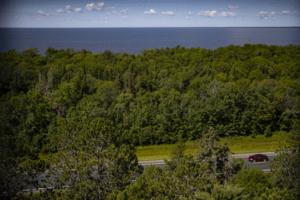
Dennis Anderson: Courts, not the Legislature, should rule on Red Lake, White Earth lands
MINNEAPOLIS — The latest surprise from the Legislature, which is full of them, is that bills have been introduced to give the state-owned portion of Upper Red Lake and a 1-mile buffer of state-owned land surrounding it to the Red Lake Band of Chippewa. For good measure, the proposals also would award the band the 84,000-acre Red Lake State ...Read more
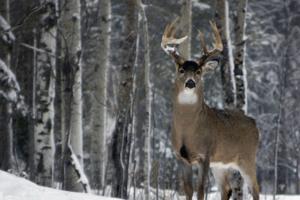
Dennis Anderson: In NE Minnesota, DNR staff, habitat and deer all decline
MINNEAPOLIS — Jeff Lightfoot was a northeast Minnesota Department of Natural Resources wildlife manager from 1980 to 2015. He first served as assistant area manager and deer habitat specialist in International Falls and later was area wildlife manager in Virginia, Minn., before being promoted to regional wildlife manager in Grand Rapids. In ...Read more

Idaho wolf trapping halted. Court cites potential deaths of protected grizzlies.
BOISE, Idao — A federal court ruling will cut back Idaho’s wolf trapping and snaring season in large swaths of the state in response to claims that grizzly bears, which are protected under the Endangered Species Act, could be killed or injured by trapping or snaring devices.
U.S. Magistrate Judge Candy Dale issued the summary judgment last ...Read more
Best times for anglers
(Table for March 31-April 14)
This table lists top fishing times and days for the coming weeks. For best results, begin fishing one hour before and continue one hour after the times given. Times apply to all time zones.
———
Sunday…………...........4:25 a.m........……….........................................................4:...Read more
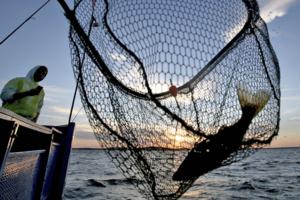
Minnesota: Walleyes caught on Mille Lacs can't be kept until August
Walleye bag limits on two of Minnesota's most popular fishing lakes have been cut back this year, including no keepers on Mille Lacs until at least mid-August.
The 2024 open-water regulations for Mille Lacs and Upper Red Lake go into effect May 11, the opening day of walleye and northern pike fishing statewide, the Department of Natural ...Read more
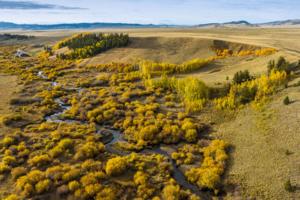
Colorado buys 1,800 acres near Fairplay as playground for hunters, anglers, bird watchers, wildlife lovers
Colorado Parks and Wildlife has acquired Collard Ranch in Park County and will turn it into a state wildlife area, an acquisition Gov. Jared Polis hailed Friday as an “enormous opportunity” for hunters, anglers, bird watchers, wildlife lovers and photographers.
The 1,860-acre property located near Fairplay provides an important elk ...Read more
Best times for anglers
(Table for March 24-April 7)
This table lists top fishing times and days for the coming weeks. For best results, begin fishing one hour before and continue one hour after the times given. Times apply to all time zones.
———
Sunday………..............11:55 p.m.....…………………...................................................Read more

The challenge: Trek from Carson City to Canada. You could make $5,000.
LOS ANGELES — People will soon be able to trek from the steps of the Nevada state Capitol in Carson City through the Sierra at Lake Tahoe and on to the Pacific Crest Trail, where they can complete the 1,600-mile journey to the Canadian border.
Oh, and two participants will earn $5,000 each for doing so.
There is a caveat for this money-...Read more
Best times for anglers
(Table for March 17-March 31)
This table lists top fishing times and days for the coming weeks. For best results, begin fishing one hour before and continue one hour after the times given. Times apply to all time zones.
———
Sunday.…..................6:40 p.m....………………….…….............................................7...Read more
Popular Stories
- Allegheny County topped Pennsylvania in spotted lanternfly reports in 2023. Will it have another blockbuster year?
- Best times for anglers
- Will 'shotgun only' zone for deer in southern Minnesota be abolished?
- Big Ten deer hunting rankings? Minnesota isn't the powerhouse you'd expect.
- Is Crystal River a nursery for baby bull sharks? We went fishing to find out.





